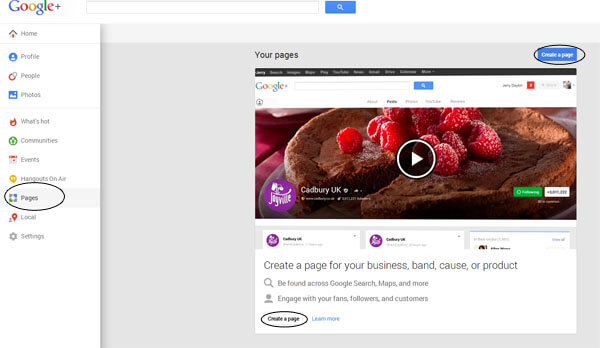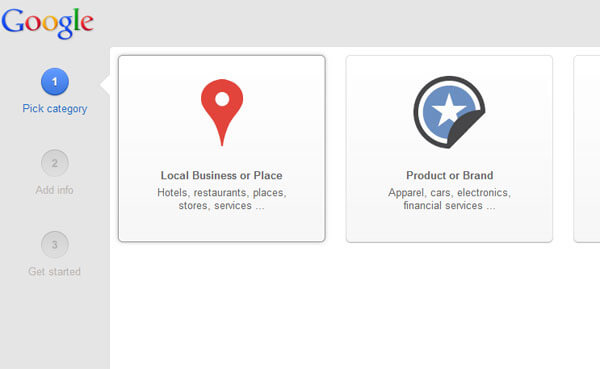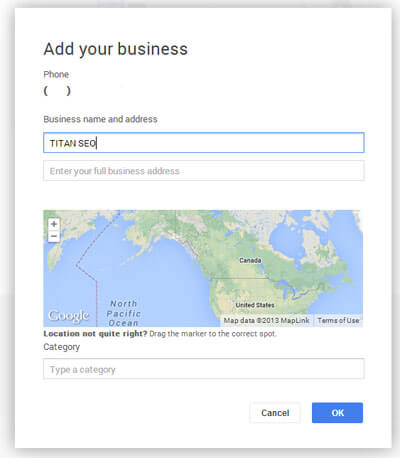Social media may just give your SEO strategy the boost it needs. See how social media can impact your SEO rankings.
SEO and social media go hand-in-hand and there’s a good reason why. Social signals are factored into the ranking algorithm and can help to boost search engine rankings if you can leverage them correctly. Here are the main factors that Google considers when looking at your social media presence.
1. Local Check-ins
Why they matter: Check-ins are factored into the algorithm as a validation signal for your geographical location. Google figures that when users check-in to your location, they are checking into a legitimate and accurate location. Both Foursquare and Facebook offer check-ins, and if you are a local business Check-ins can be a good way to help boost local SEO.
How you can benefit: For businesses with a physical address, you can leverage social check-ins by first creating a Facebook business page and/or Foursquare account. If you already have a Facebook business account, you can enable check-ins by adding your business address and checking the box that says ‘show this map on your Page and enable check-ins.’ Promote check-ins with social media posts and incentives like discounts or special offers.
Enabling check-ins on Facebook

2. Facebook Shares, Twitter Tweets, and Google+ +1s
Why they matter: Shares, tweets, and +1s are all signals that indicate the quality of your content. When people share your content and web pages, especially authoritative individuals, it speaks to the quality and influence of your content. Currently, Google +1s are weighted more heavily, but all on-page shares and interactions can help build your authority online and shouldn’t be overlooked.
How you can benefit: If you have a blog or news site, adding share buttons to each article is essential to help promote sharing and build your content’s authority. Do the same for your website as well by adding share buttons to your homepage and internal pages where users can easily see and use them.
3. Facebook Fans, Twitter followers, and Google+ adds
Why they matter: Fans and followers signify your brands’ influence across the various social networks and also act as an authority signal. Brands with a significant amount of followers appear to be authoritative and influential. A significant social following coupled with interactions like shares, likes, and tweets can help create a boost in your search rankings.
How you can benefit: Quality content and engagement is a great way to elicit new followers. By providing something of value, through informational and relevant content, you increase your chances of obtaining more followers. Some of the networks, like Twitter and Facebook, offer advertising which can extend your brand’s reach and can also help to increase your social following. When growing your social following, the bottom line is to focus on obtaining quality fans, naturally.
4. Reviews
Why they matter: Reviews are great for local SEO, especially when they come from trusted and authoritative individuals. Reviews from review sites like Yelp and Google Places help to build your credibility online, and not just for the search engines, but for your users as well.
How you can benefit: First create accounts with Yelp, Google Places and any other review site that relate to your business. Ask happy customers for a review and include the Yelp or Google Places badge on your website and/or storefront to help promote more reviews.
A good social presence can really help give you a boost both with local search rankings and your rankings overall. If you would like more information on social media strategies or how you can leverage social media to your advantage, contact us.
Submitted by Erica Machin, Titan Growth





